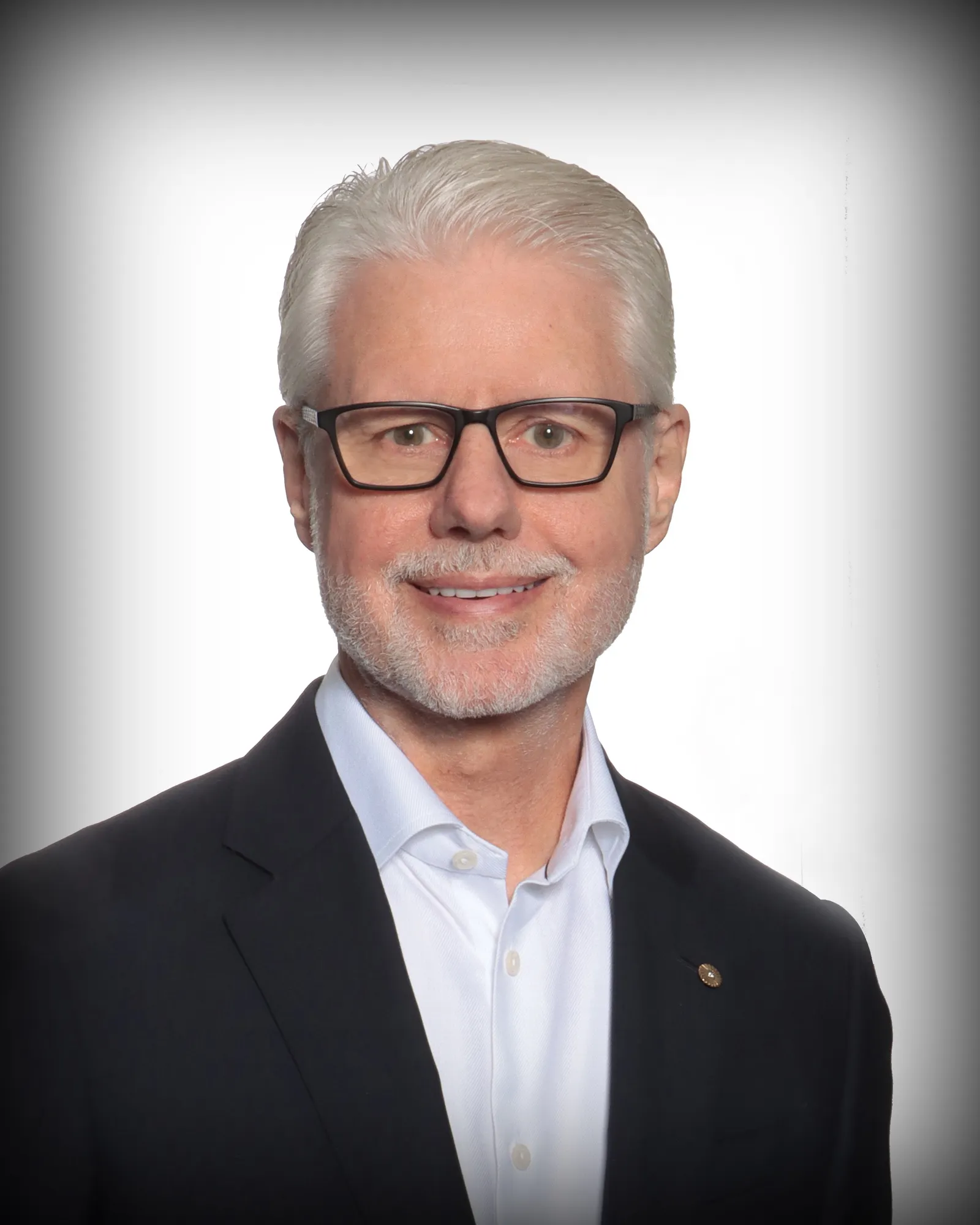Frost CEO: Lending competition heating up
Dive Brief:
- Frost Bank is experiencing stiffer competition for lending activity in its Texas markets, particularly in the commercial real estate sector, CEO Phil Green said Thursday.
- For San Antonio-based Frost, loans lost to other banks due to structure continued to increase in the second quarter, reaching the second-highest quarter ever for such losses. “I think this represents the level of competition developing in the market,” Green said during Thursday’s quarterly earnings call.
- Competition has intensified generally, but there’s “probably no more competitive asset class than commercial real estate,” Green said in an interview after the lender reported earnings. Past CRE issues led many lenders to “put pencils down” for a period of time; now, with fewer deals to go around, “whenever one raises their head, you get more people looking to participate,” Green said.
Dive Insight:
Texas has been a hotbed for bank expansion and merger-and-acquisition activity of late: Columbus, Ohio-based regional Huntington Bank said last month it’s buying Dallas-based Veritex for $1.9 billion; Kalispell, Montana-based Glacier Bank is acquiring Mount Pleasant, Texas-based Guaranty Bancorp for $476.2 million; and Houston-based Prosperity Bancshares is buying American Bank for $321.5 million.
And super-regionals U.S. Bank and PNC are among the bigger banks digging deeper into the state, which has seen population and business growth explode in recent years.

Amid an increasingly competitive lending landscape, the rise in Frost’s losses to structure “just represents how aggressive banks are out there,” Green said during the earnings call. Other banks might be willing to offer a more lenient loan structure, with a longer interest-only period or a longer term, he said.
Frost executives noted the $51.4 billion-asset bank’s losses to pricing dropped by 28%. The lender didn’t detail the size of the increase in losses due to structure.
“We want to compete on price. We don’t want to lose good business to that,” Green told analysts during the call. “But as it relates to structure, that’s where you can get in trouble.”
When asked whether there might be a point down the road at which the bank rethinks that approach to remain competitive, Green said, “the grass is never greener on the other side of the fence of good credit quality.”
“I wouldn't see us making significant changes to our approach to credit structure,” he added.
The Texas bank’s average loans for the second quarter increased 7.2%, to $21.1 billion, year over year; that represented a 1.3% increase from the prior quarter, the bank said.
Lending competition is coming from banks of all sizes, although Green said Frost is experiencing “a little bit more pressure coming from smaller – maybe banks a little smaller than us,” he said. “They’re sort of waking up to having some money, I guess, to go into some of these asset classes, and they typically will be a little bit more aggressive on underwriting.”
Frost CFO Dan Geddes added that competition has intensified particularly for larger loan opportunities. “Larger, high quality – there’s not a lot of them and so when they come around, it can get pretty competitive on both pricing and structure,” Geddes said.
As Frost continues its expansion efforts in major Texas cities, the recent M&A activity in the state “really is to our benefit,” Green said.
“If anything, it's going to make it more successful, I think, because you have an acquisition and you're trying to put two different companies together, and your customers are confused and your staff is confused, and there are lots of questions, and there's systems that have to be converted,” he said. “And if we move into a market like that, and we're an alternative, I think it just really helps enhance our value proposition.”
Those integrations offer Frost an opportunity to pick up both customers and bankers, he contended. “I’m kind of looking forward, frankly, to some of this acquisition activity,” he said.
Green reiterated Thursday the bank is uninterested in any acquisitions itself, and sees plenty of room to grow within Texas, rather than going outside the state. Frost, which opened its 200th branch in the Austin area in the second quarter, has doubled down on organic expansion in markets such as Houston, Dallas and Austin.
By the end of the second quarter, the bank’s expansion efforts – which begin in 2018 – had generated about $2.7 billion in deposits, $2 billion in loans and almost 69,000 new households as customers, Green said. The expansion represented about 37% of total loan growth and 44% of total deposit growth, year over year, and 24% of new commercial relationships were brought in through the expansion, Geddes said.
The bank sees plenty more opportunity to fill out its presence in those major cities – and potentially in Fort Worth and San Antonio, or smaller communities like Fredericksburg and Kerrville – as it tracks where growth has been particularly robust and follows.
“There’s so much more for us to mine out of these great markets,” he said. “That’s where our focus is going to be.”
The bank’s non-interest expenses jumped 9.5%, to $347.1 million, in the quarter, in part tied to hiring connected to the expansion. Frost expects overall expansion efforts to be accretive to earnings in 2026.
Content Original Link:
" target="_blank">
































































